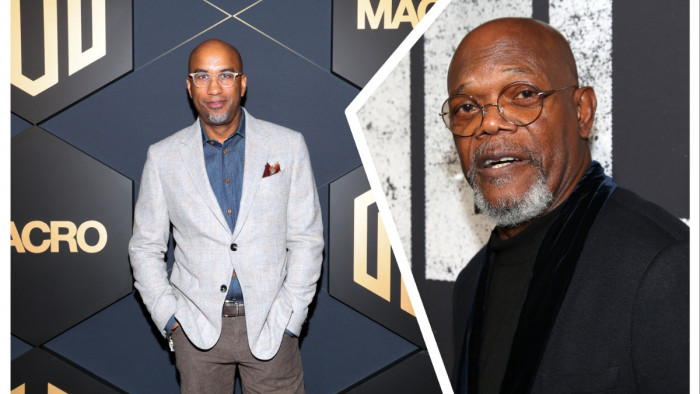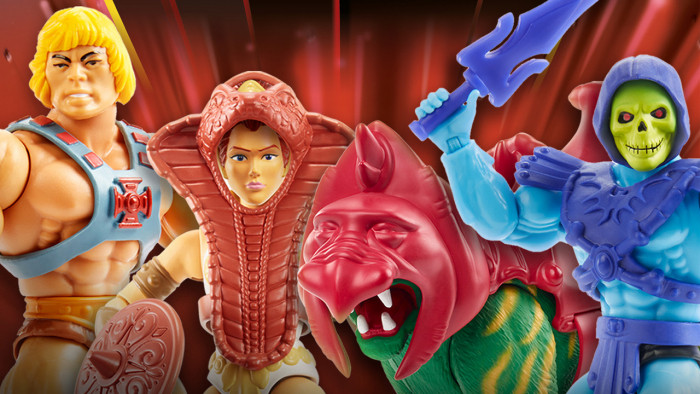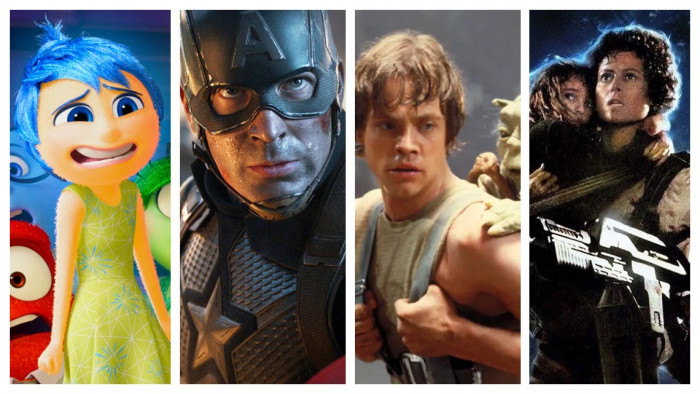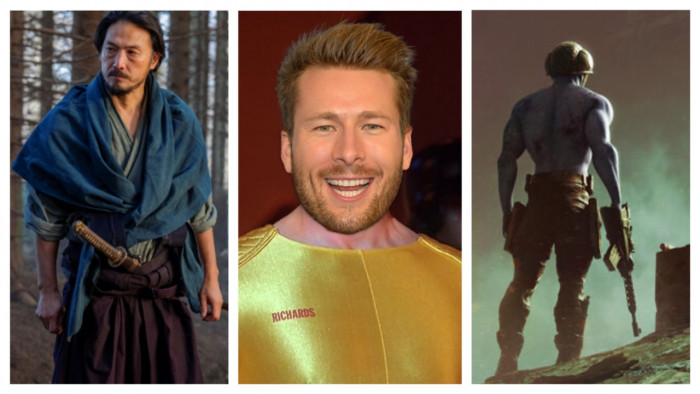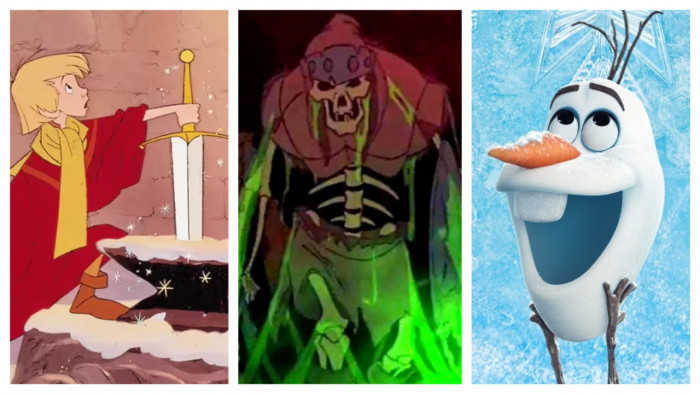20 Things You (Probably) Didn't Know About Field Of Dreams
20 Things You (Probably) Didn't Know About Field Of Dreams


Field Of Dreams premiered in Iowa 25 years ago. If you're currently crying all over your keyboard, it means you were alive then and this news has come as something of a blow to your rapidly fading youth.
Wipe away those tears, Grandpa, and console yourself with these 20 facts about the film that you (probably) didn't know...
CHECK OUT THE 20 GREATEST SPORTS MOVIES EVER MADE
(Images: Rex/YouTube)

1.
Adapted from the novel Shoeless Joe, Producer Lawrence Gordon regularly pitched this movie to 20th Century Fox, and they regularly declined as they felt it was too esoteric and non-commercial. Made for between $10million and $15million, Box Office Mojo reckons its total lifetime gross is a $84,431,625. Oh Fox.

2.
The actually stadium on the farm in Dubuque County, Iowa, where the movie was shot, still exists. It is 281 feet to left field, 314 to centre and 262 to right field. It holds 84 people. Some events that they have hosted have drawn 2,500 fans, with temporary bleachers set up to accommodate.
(Image: Homeplate, wikicommons)

3.
In August 2006, Field of Dreams was screened on a giant, outdoor screen at the farm at which the film was shot. Before the screening Kevin Costner and his band (unnamed at the time, now known as Kevin Costner and Modern West) performed for two hours for the attending crowd of close to 1,000 people. One song, about Iowa, was written by Costner during filming of the movie, 17 years earlier.

4.
After the movie was completed, test audiences didn't like the name "Shoeless" Joe Jackson because they said it sounded like a movie about a hobo. Universal changed the title of the film to Field of Dreams. Director Phil Alden Robinson phoned W.P. Kinsella, the author of the book, and told him the "bad" news, but Kinsella didn't care. Apparently Shoeless Joe was the title his publishing company had given the book. Kinsella's original title was, incredibly, "Dream Field". The working title of the book was “The Kidnapping of J.D. Salinger.”

5.
USC coach Rod Dedeaux was hired as a baseball advisor after reading the novel, and brought along World Series champion, USC alumnus and former Chicago White Sox player Don Buford (pictured) to coach the actors. Ray Liotta got rather good.

6.
Ray Liotta's line-drive that knocked over the bag of baseballs next to Kevin Costner actually happened, and was sheer fluke.

7.
Tom Hanks was originally offered the role of Ray Kinsella but turned it down. Producers didn’t initially approach Kevin Costner about the film because they thought he wouldn’t be interested in another baseball movie, having just finished Bull Durham.

8.
Thousands of pallets of green grass were brought in to make the baseball field, but due to the haste in planting because of the tight shooting schedule (Kevin Costner had to leave in August to film Revenge), the grass was not able to grow and died. In order to keep the grass green, the production crew painted it.

9.
Ben Affleck and Matt Damon are among the thousands of extras in the Fenway Park scene. Over a decade later, when Director Phil Alden Robinson welcomed Affleck to the set of The Sum of All Fears, Affleck said: "Nice working with you again!" before going on to explain his uncredited part.

10.
The famous line "If you build it, he will come" if often misquoted as "If you build it, they will come.", thanks mainly to Wayne's World II. We think.
Start typing it into Google and it will predict the wrong quote well in advance of the right one.

11.
In W.P. Kinsella's novel, protagonist Ray Kinsella is reunited with his identical twin brother, Richard Kinsella (a subplot that was discarded for the movie).

12.
Although his character delivers an impassioned speech about the beauty of baseball, James Earl Jones actually hates the sport.

13.
Burt Lancaster didn't realise that Timothy Busfield (who played Mark, Kevin Costner's brother-in-law) was part of the cast, and had him fetching water and chairs. They ended up doing a scene together...which sounds awkward.

14.
While the Kinsella farm was shot at the property of Don Lansing, the baseball field also used parts of the neighbouring farm, owned by Al Amsekamp. Post-filming Amsekamp grew corn on his part of the field while Lansing maintained his as a tourist destination. Lansing did not charge for admission or parking, and derived revenue solely from a small souvenir shop. Approximately 65,000 people visited annually. In 2011, the site was sold to a company called Go The Distance Baseball who want to construct a 24 baseball field sports complex immediately next to the original movie site. There's been all sorts of protests and there's been no construction to date.

15.
You can enter the following in Google Maps - 42°29'51.8"N 91°03'18.4"W - for the location of the field built for the film. Or simply click here.

16.
Reba McEntire (Tremors, pictured) and Sheila McCarthy (Die Hard 2) both auditioned for the part of Annie.

17.
Author W.P. Kinsella had never heard of Kevin Costner when the movie was casting roles. He was hopeful Bo Svenson (Breaking Point) would play Ray, but then conceded, having watched No Way Out, that Costner would be perfect.

18.
The man behind the voice that speaks to Ray has remained a mystery, as it is not credited. But Kinsella writes that he was told that actor Ed Harris provided the voice. Harris is married to Amy Madigan, who plays Annie in the film.

19.
Costner, returned to the Iowa field in June to play a little catch, on the site with his two sons Hayes and Cayden as part of the 25 year anniversary celebrations.

20.
In Shoeless Joe, the novel on which Field Of Dreams is based, Ray Kinsella meets the real-life J.D. Salinger, reclusive author of Catcher in the Rye. For the film, the character's name was changed to "Terence Mann" because producers were worried about legal action from Salinger.
Latest
Related Reviews and Shortlists


The 10 best war movies of the 21st century



